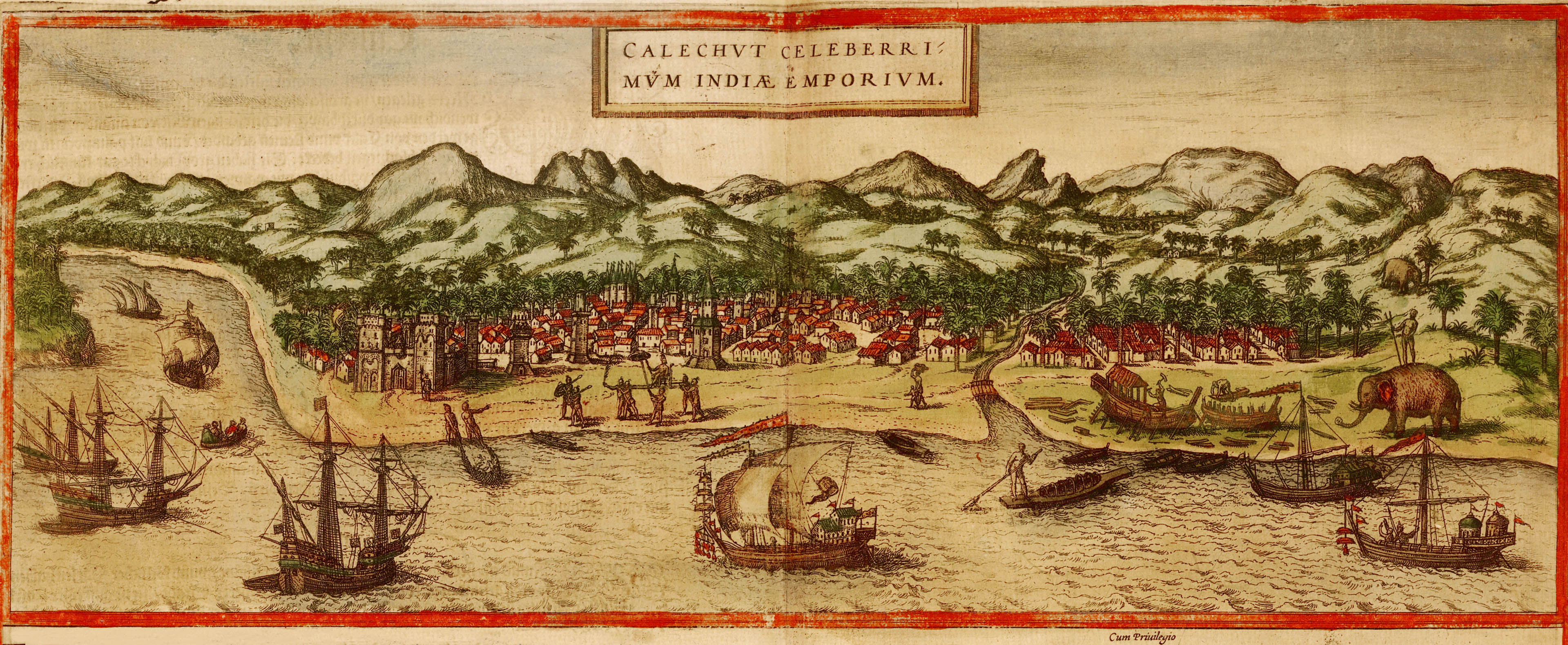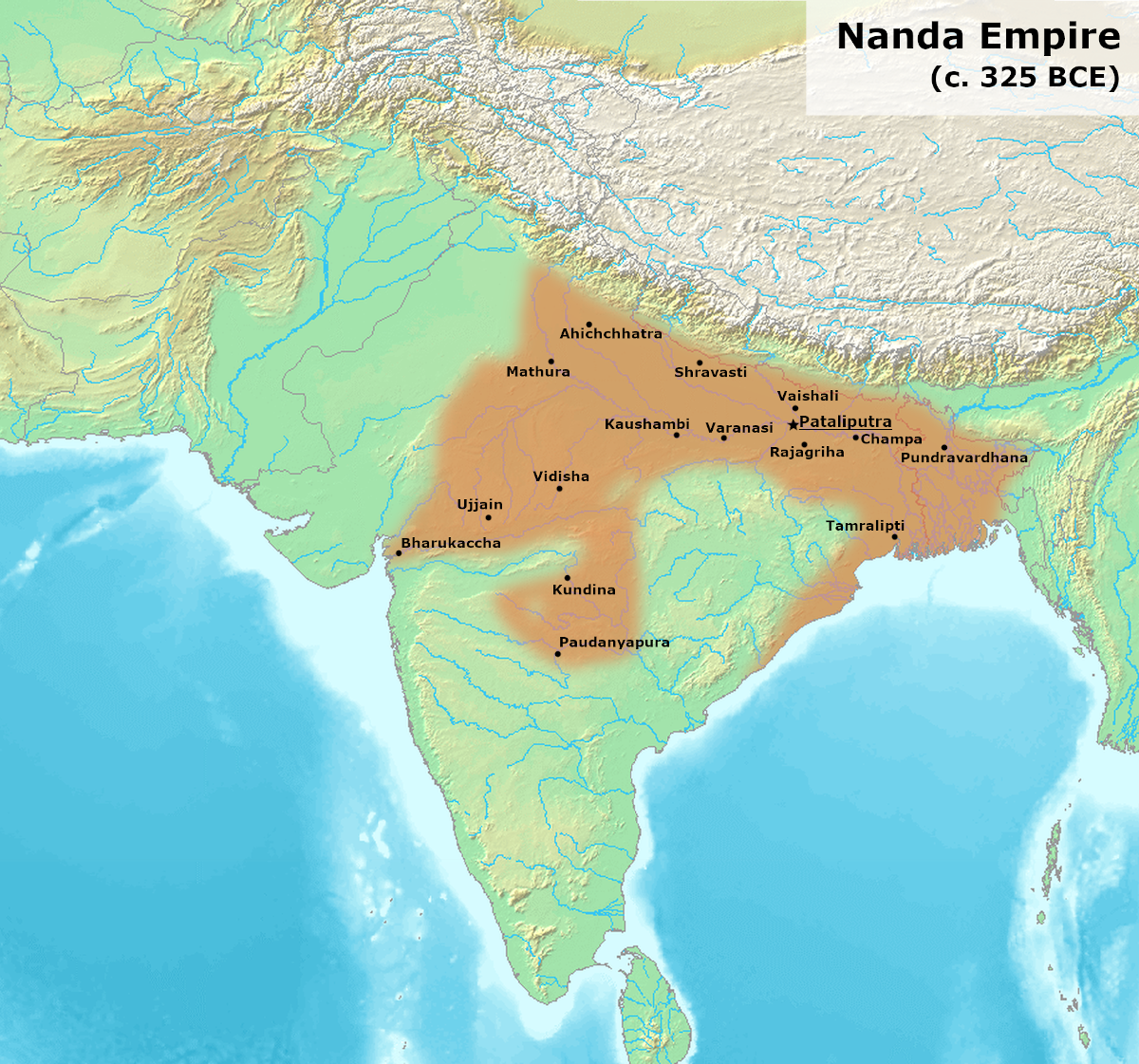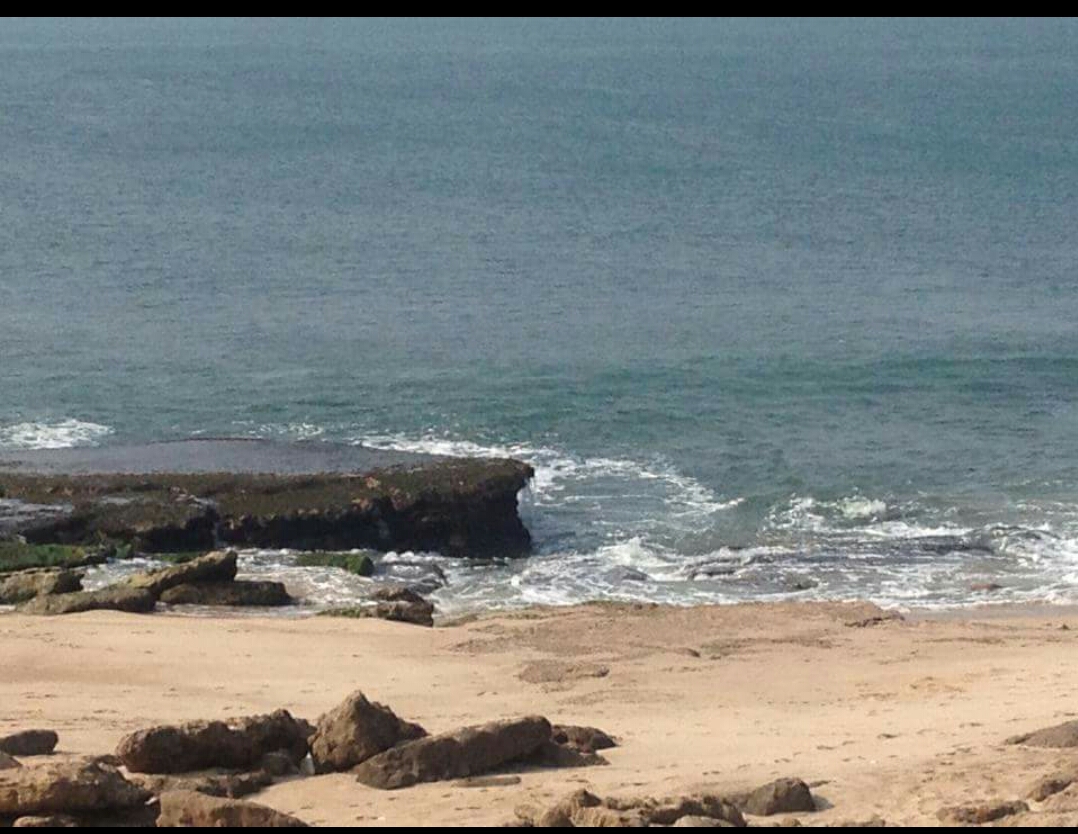|
Naval History Of India
Maritime powers in the Indian subcontinent have possessed navies for many centuries. Indian dynasties such as the Cholas used naval power to extend their influence overseas, particularly to Southeast Asia. The Marakkar Navy under Zamorins during 15th century and the Maratha Navy of the 17th and 18th centuries fought with rival Indian powers and European trading companies. The East India Company organised its own navy, which came to be as the Bombay Marine. With the establishment of the British Raj after the Indian Rebellion of 1857, the small navy was transformed into "His Majesty's Indian Navy", then "Her Majesty's Indian Marine", and finally the "Royal Indian Marine". The Royal Indian Marine transported large numbers of Indian troops overseas during the First World War, and – as the Royal Indian Navy – took part in naval combat and patrol duties during the Second World War. When India became independent in 1947 part of the Royal Indian Navy was allotted to the new state o ... [...More Info...] [...Related Items...] OR: [Wikipedia] [Google] [Baidu] |
Mahratta Pirates Attacking The Sloop 'Aurora', Of The Bombay Marine, 1812; Beginning Of The Action
Mahratta may refer to: An old spelling of * Maratha caste, a ruling/warrior class of the Indian subcontinent * Maratha Empire (1674–1820), India * Marathi language and those who spoke that language, primarily residing in: ** the state of Maharashtra in India Houses * ''Mahratta'' (Wahroonga), a house in Sydney, Australia Ships * SS ''Mahratta'' (1891), lost on the Goodwin Sands in 1909 * SS ''Mahratta'' (1917), lost on the Goodwin Sands in 1939 * HMS ''Mahratta'' (G23), an M class destroyer torpedoed in 1944 with the loss of 220 Military units of the British Indian Army * 5th Mahratta Light Infantry, * 103rd Mahratta Light Infantry * 105th Mahratta Light Infantry * 110th Mahratta Light Infantry * 114th Mahrattas * 116th Mahrattas * 117th Mahrattas See also *Mahratta War (other) Mahratta War may refer to: *First Anglo-Maratha War (1775–1802) *Second Anglo-Maratha War (1803–1805) *Third Anglo-Maratha War The Third Anglo-Maratha War (1817–1819 ... [...More Info...] [...Related Items...] OR: [Wikipedia] [Google] [Baidu] |
Indo-Pakistani War Of 1965
The Indo-Pakistani War of 1965 or the Second Kashmir War was a culmination of skirmishes that took place between April 1965 and September 1965 between Pakistan and India. The conflict began following Pakistan's Operation Gibraltar, which was designed to infiltrate forces into Jammu and Kashmir to precipitate an insurgency against Indian rule, It became the immediate cause of the war. The seventeen-day war caused thousands of casualties on both sides and witnessed the largest engagement of armored vehicles and the largest tank battle since World War II. Hostilities between the two countries ended after a ceasefire was declared through UNSC Resolution 211 following a diplomatic intervention by the Soviet Union and the United States, and the subsequent issuance of the Tashkent Declaration. Much of the war was fought by the countries' land forces in Kashmir and along the border between India and Pakistan. This war saw the largest amassing of troops in Kashmir since the Partition o ... [...More Info...] [...Related Items...] OR: [Wikipedia] [Google] [Baidu] |
Chanakya
Chanakya (Sanskrit: चाणक्य; IAST: ', ; 375–283 BCE) was an ancient Indian polymath who was active as a teacher, author, strategist, philosopher, economist, jurist, and royal advisor. He is traditionally identified as Kauṭilya or Vishnugupta, who authored the ancient Indian political treatise, the ''Arthashastra'', a text dated to roughly between the fourth century BCE and the third century CE. As such, he is considered the pioneer of the field of political science and economics in India, and his work is thought of as an important precursor to classical economics.Waldauer, C., Zahka, W.J. and Pal, S. 1996Kauṭilya's Arthashastra: A neglected precursor to classical economics ''Indian Economic Review'', Vol. XXXI, No. 1, pp. 101–108. His works were lost near the end of the Gupta Empire in the sixth century CE and not rediscovered until the early 20th century. Around 321 BCE, Chanakya assisted the first Mauryan emperor Chandragupta in his rise to power and is wi ... [...More Info...] [...Related Items...] OR: [Wikipedia] [Google] [Baidu] |
Varuna
Varuna (; sa, वरुण, , Malay: ''Baruna'') is a Vedic deity associated initially with the sky, later also with the seas as well as Ṛta (justice) and Satya (truth). He is found in the oldest layer of Vedic literature of Hinduism, such as hymn 7.86 of the ''Rigveda''. He is also mentioned in the Tamil grammar work '' Tolkāppiyam'', as Kadalon the god of sea and rain. He is said to be the son of Kashyapa (one of the seven ancient sages). In the Hindu Puranas, Varuna is the god of oceans, his vehicle is a Makara (crocodile) and his weapon is a Pasha (noose, rope loop). He is the guardian deity of the western direction. In some texts, he is the father of the Vedic sage Vasishtha. Varuna is found in Japanese Buddhist mythology as Suiten. He is also found in Jainism. Etymology In Hindu tradition, the theonym ''Váruṇa'' (Devanagari: वरुण) is described as a derivation from the verbal root ''vṛ'' ("to surround, to cover" or "to restrain, bind") by means ... [...More Info...] [...Related Items...] OR: [Wikipedia] [Google] [Baidu] |
Rig Veda
The ''Rigveda'' or ''Rig Veda'' ( ', from ' "praise" and ' "knowledge") is an ancient Indian collection of Vedic Sanskrit hymns (''sūktas''). It is one of the four sacred canonical Hindu texts (''śruti'') known as the Vedas. Only one Shakha of the many survive today, namely the Śakalya Shakha. Much of the contents contained in the remaining Shakhas are now lost or are not available in the public forum. The ''Rigveda'' is the oldest known Vedic Sanskrit text. Its early layers are among the oldest extant texts in any Indo-European language. The sounds and texts of the ''Rigveda'' have been orally transmitted since the 2nd millennium BCE. Philological and linguistic evidence indicates that the bulk of the ''Rigveda'' Samhita was composed in the northwestern region of the Indian subcontinent (see) Rigvedic rivers), most likely between 1500 and 1000 BCE, although a wider approximation of 19001200 BCE has also been given. The text is layered, consisting of the ... [...More Info...] [...Related Items...] OR: [Wikipedia] [Google] [Baidu] |
Archaeological Survey Of India
The Archaeological Survey of India (ASI) is an Indian government agency that is responsible for archaeological research and the conservation and preservation of cultural historical monuments in the country. It was founded in 1861 by Alexander Cunningham who also became its first Director-General. History ASI was founded in 1861 by Alexander Cunningham who also became its first Director-General. The first systematic research into the subcontinent's history was conducted by the Asiatic Society, which was founded by the British Indologist William Jones on 15 January 1784. Based in Calcutta, the society promoted the study of ancient Sanskrit and Persian texts and published an annual journal titled ''Asiatic Researches''. Notable among its early members was Charles Wilkins who published the first English translation of the '' Bhagavad Gita'' in 1785 with the patronage of the then Governor-General of Bengal, Warren Hastings. However, the most important of the society's achieveme ... [...More Info...] [...Related Items...] OR: [Wikipedia] [Google] [Baidu] |
Mangrol, Kathiawar
Mangrol is a town and (now a city) a minor port in Junagadh district in the state of Gujarat, western India. It was formerly the seat of the princely state of Mangrol. Pin code of Mangrol is 362225. Geography Mangrol is located at . It has an average elevation of 18 metres (59 feet). Demographics India census A census is the procedure of systematically acquiring, recording and calculating information about the members of a given population. This term is used mostly in connection with national population and housing censuses; other common censuses incl ..., Mangrol had a population of 55,094. Males constitute 51% of the population and females 49%. Mangrol has an average literacy rate of 58%, lower than the national average of 59.5%: male literacy is 69%, and female literacy is 48%. In Mangrol, 16% of the population is under 6 years of age. Educational institutes * Tirupati school - Best Gujarati medium School in Mangrol * Shri Shardagram - This historic va ... [...More Info...] [...Related Items...] OR: [Wikipedia] [Google] [Baidu] |
Indus Valley Civilisation
The Indus Valley Civilisation (IVC), also known as the Indus Civilisation was a Bronze Age civilisation in the northwestern regions of South Asia, lasting from 3300 BCE to 1300 BCE, and in its mature form 2600 BCE to 1900 BCE. Together with ancient Egypt and Mesopotamia, it was one of three early civilisations of the Near East and South Asia, and of the three, the most widespread. Its sites spanned an area from much of Pakistan, to northeast Afghanistan, and northwestern India. The civilisation flourished both in the alluvial plain of the Indus River, which flows through the length of Pakistan, and along a system of perennial monsoon-fed rivers that once coursed in the vicinity of the Ghaggar-Hakra River, Ghaggar-Hakra, a seasonal river in northwest India and eastern Pakistan. The term ''Harappan'' is sometimes applied to the Indus civilisation after its type site Harappa, the first to be excavated early in the 20th century in what was then the ... [...More Info...] [...Related Items...] OR: [Wikipedia] [Google] [Baidu] |
Lothal
Lothal () was one of the southernmost sites of the ancient Indus Valley civilisation, located in the Bhāl region of the modern state of Gujarāt. Construction of the city is believed to have begun around 2200 BCE. Archaeological Survey of India (ASI), the official Indian government agency for preservation of ancient monuments, discovered Lothal in 1954. Excavation work in Lothal commenced on 13 February 1955 and continued till 19 May 1960. According to the ASI, Lothal had the world's earliest known dock, which connected the city to an ancient course of the Sabarmati river on the trade route. This trade route stretched between Harappan cities in Sindh and the peninsula of Saurashtra where the surrounding Kutch desert of today was a part of the Arabian Sea. However, this interpretation has been challenged by other archaeologists, who argue Khufu's Red Sea harbour at Wadi al-Jarf is older, dating its construction to between 2580 to 2550 BC and that Lothal was a comparative ... [...More Info...] [...Related Items...] OR: [Wikipedia] [Google] [Baidu] |
Indian Maritime History
Indian maritime history begins during the 3rd millennium BCE when inhabitants of the Indus Valley initiated maritime trading contact with Mesopotamia. As per Vedic records, Indian traders and merchants traded with the far east and Arabia. During the Maurya Empire (3rd century BCE), there was a definite "naval department" to supervise the ships and trade. At the end of 1st century BCE Indian products reached the Romans during the rule of Augustus, and the Roman historian Strabo mentions an increase in Roman trade with India following the Roman annexation of Egypt. As trade between India and the Greco-Roman world increased, spices became the main import from India to the Western world, bypassing silk and other commodities. Indians were present in Alexandria while Christian and Jewish settlers from Rome continued to live in India long after the fall of the Roman Empire, which resulted in Rome's loss of the Red Sea ports, previously used to secure trade with India by the Greco-Ro ... [...More Info...] [...Related Items...] OR: [Wikipedia] [Google] [Baidu] |
Rajendra Chola I
Rajendra Chola I (; Middle Tamil: Rājēntira Cōḻaṉ; Classical Sanskrit: Rājēndradēva Cōla; Old Malay: ''Raja Suran''; c. 971 CE – 1044 CE), often referred to as Rajendra the Great, and also known as Gangaikonda Chola (Middle Tamil: ''Kaṅkaikoṇṭa Cōḻaṉ''; ), and Kadaram Kondan (Middle Tamil: Kaṭāram koṇṭāṉ ; ) was a Chola Emperor who reigned between 1014 and 1044 CE. He is considered the most significant ruler in early eleventh century South Asia for his role in patronising the arts, encouraging trade and expanding the Chola Empire to is greatest extent . Born in Thanjavur to Rajaraja I and his queen Vanavan Mahadevi, Rajendra first assumed royal power as co-regent with his father in 1012 until the later's death in 1014, after which he ascended the Chola throne in his own right. During his reign, the Chola Empire was the largest and most significant political, military, and economic force is in the Indian subcontinent, and extended its reach ... [...More Info...] [...Related Items...] OR: [Wikipedia] [Google] [Baidu] |
Ajanta Caves
The Ajanta Caves are approximately thirty rock-cut Buddhist cave monuments dating from the second century BCE to about 480 CE in the Aurangabad district of Maharashtra state in India. The caves include paintings and rock-cut sculptures described as among the finest surviving examples of ancient Indian art, particularly expressive paintings that present emotions through gesture, pose and form. They are universally regarded as masterpieces of Buddhist religious art. The caves were built in two phases, the first starting around the second century BCE and the second occurring from 400 to 650 CE, according to older accounts, or in a brief period of 460–480 CE according to later scholarship. The site is a protected monument in the care of the Archaeological Survey of India, and since 1983, the Ajanta Caves have been a UNESCO World Heritage Site. The Ajanta Caves constitute ancient monasteries (Chaityas) and worship-halls (Viharas) of different Buddhist traditions carved into ... [...More Info...] [...Related Items...] OR: [Wikipedia] [Google] [Baidu] |



.png)






.jpg)